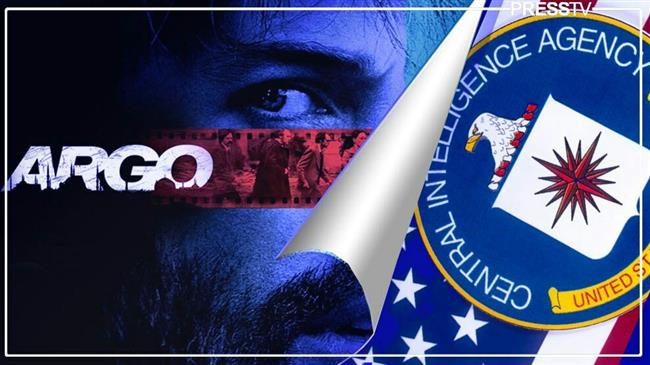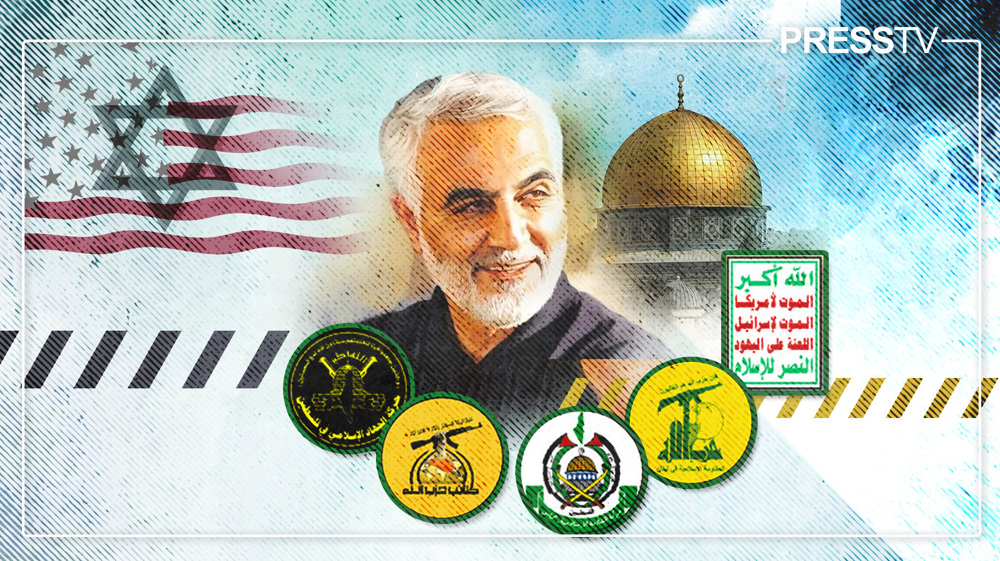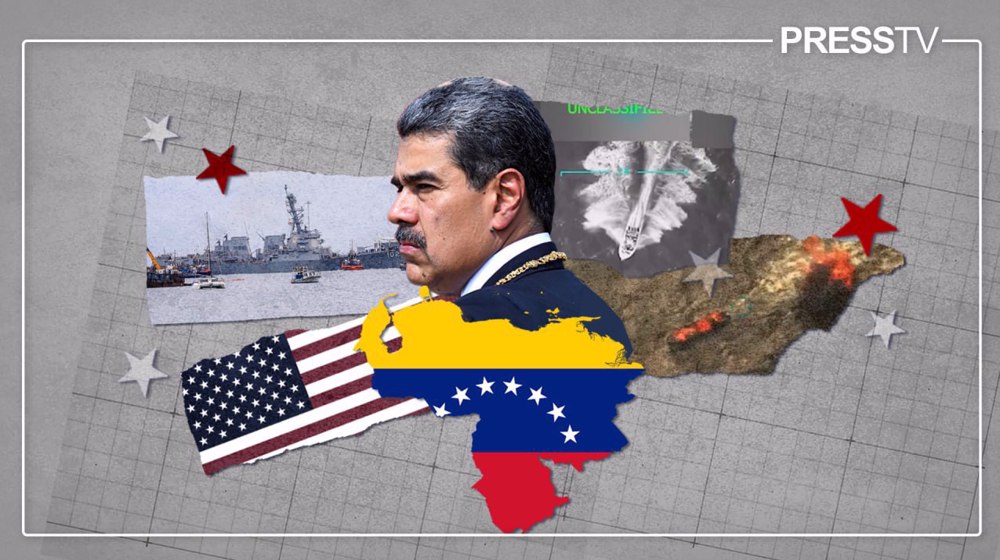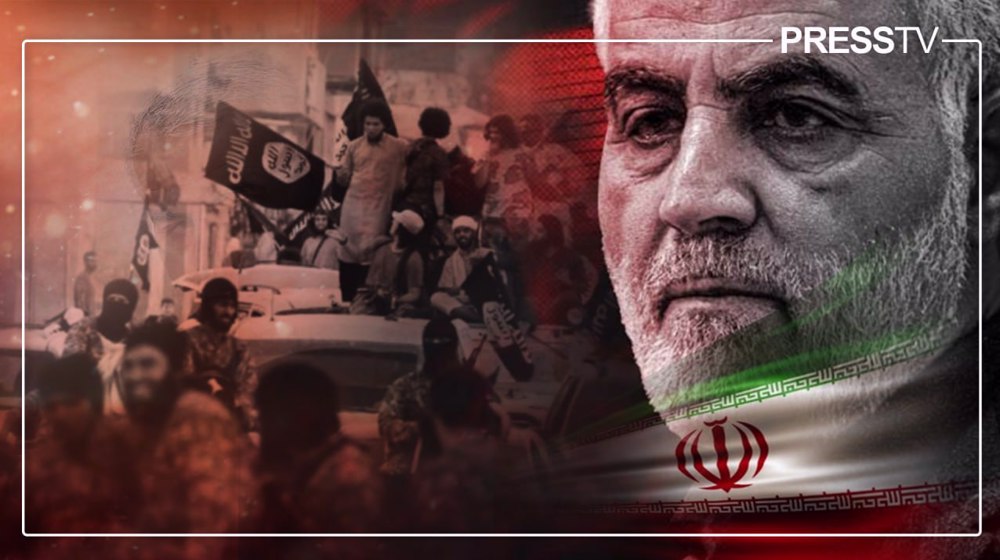Documents reveal CIA support for anti-Iranian propaganda film Argo
By Tom Secker
(Tom Secker is an investigative journalist, author and podcaster based in Britain. You can follow his work via his Spy Culture website and his ClandesTime podcasts.)
The 2012 spy comedy-drama Argo was a massive critical and commercial success, and while the CIA’s support for the film was an open secret, until now the details on how and why the Agency helped to make Argo were hard to come by. In response to a FOIA request made in 2012, the CIA recently released over 200 pages of documents about their role in the making of Argo, providing a glimpse behind the curtain of why the CIA is working with Hollywood.
Argo tells the story of six US State Department employees who fled the US embassy in Tehran during the 1979 revolution, and were hiding out in the city. The CIA’s Tony Mendez came up with the idea of pretending they were a Hollywood film crew, so he could sneak them out of Iran. The CIA, with the help of assets in Tinseltown, set up a fake production company and bought the rights to a sci-fi script, titled Argo, before Mendez traveled to Tehran and exfiltrated the six government employees.
‘We Love the Agency’
Numerous emails between the CIA and the film-makers, including star and director Ben Affleck, reveal a disturbingly close relationship. Affleck declared, “We love the Agency and this heroic action” before promising “we really want the process of bringing it to the big screen to be as real as possible.” One CIA officer wrote back, “The story you’re telling in the movie is one we’re proud of (something that is probably clear since we feature the tale in the museum).”
The documents detail how, over the following months, the CIA provided extensive support on Argo. Affleck, fellow star Bryan Cranston, and the producers were given tours of the Langley headquarters, Affleck was provided with archive photographs so the crew could recreate 80s-style CIA offices, and Affleck even had a roundtable meeting with senior CIA officials to plan out the project.
This culminated in the Agency granting permission for Affleck to film at CIA headquarters — a benefit provided to a tiny handful of productions since 1973s Scorpio became the first movie to be granted that privilege.
In one sequence, Affleck — playing Mendez — is shown arriving at Langley and entering the headquarters, walking over the CIA seal in the lobby. As Affleck revealed on the DVD commentary, they had to digitally remove the security gates in the lobby because they didn’t exist at the time of the Argo operation. A lengthy dialog scene between Affleck and Cranston — playing Mendez’ supervisor — was shot in a Langley corridor.
Unlike the Pentagon and other government agencies with a large number of locations and impressive-looking hardware, the CIA’s only cinematic asset is its Langley campus. As one CIA public affairs officer put it in an email to Affleck, “I love opportunities to show off our Langley home and, of course, the men and women of America’s premier intelligence service.” But it took months before the Agency’s higher-ups approved Argo for filming at their HQ, and several reviews of the evolving script by public affairs officers.
Authenticity vs. reality: How Argo butchered history
This rarely-granted access added production value, and lent Argo a degree of authenticity that few spy films achieve. In an interview with the CIA’s in-house magazine, Affleck declared, “I hope we can make it feel real,” but his film grossly distorted major details of the operation and surrounding events. Critics lauded Argo for authentically recreating the period and capturing the zeitgeist of the time, but soon the cracks started to emerge.
The Canadian government, which played a key role in the operation by both housing the six in Tehran and providing false Canadian passports to help them “sell” their cover identities, objected to having been sidelined in the Argo script. Former Canadian ambassador to Iran Ken Taylor criticized the movie, saying, “In general, it makes it seem like the Canadians were just along for the ride. The Canadians were brave. Period.”
These remarks were echoed by former President Carter. “90% of the contributions to the ideas and the consummation of the plan was Canadian, and the movie gives almost all of the credit to the American CIA.”
Carter went on to point out that Affleck’s character, Tony Mendez, “was only in Tehran for a day and a half” and that Taylor was the real hero of the operation. This led to Affleck adding a card at the end of the movie acknowledging the role of the Canadians, but he made no other changes in response to this criticism. Tellingly, the newly-released CIA documents don’t mention Canada even once.
Indeed, the CIA’s internal history of the Argo operation, which was written by Mendez, records just how briefly he was on the ground in Iran, and grants Taylor far more credit than the movie does. It also notes that a second CIA officer also went to Tehran to help exfiltrate the “film crew,” referred to by the pseudonym “Julio.”
The film — which Mendez worked on as a script consultant and technical adviser — makes no mention of “Julio,” minimizes the role of the Canadian government, and turns Mendez and the CIA into the heroic saviors of the story. While this might have “felt real” to some audiences and critics, it was far from reality.
Remediating the CIA Coup of '53 and the Hostage Crisis
Perhaps more importantly, the film also distorts history in its depiction of Iran, and the causes of the Iranian revolution. The film’s introduction admits that the CIA-MI6 coup in Iran in 1953, and the CIA’s subsequent training of the Savak in brutal interrogation methods, were among the provocations behind the 1979 uprising and the replacement of the American-backed Shah.
However, this is told through an animated sequence, the suffering of Iranians at the hands of the CIA is presented in a cartoonish way and so has little emotional impact. The brief animation overlooks the CIA’s deceitful, violent tactics during the coup, which included provoking riots and arranging for the “sham bombing” of the home of a prominent religious leader in Tehran, i.e. a false flag terrorist attack.
Similarly, Argo makes no mention of the Iranian hostage crisis, focusing solely on the six officials living at Ken Taylor’s house after fleeing the embassy and ignoring the larger number held hostage for months after the revolution. Operation Eagle Claw, which saw a Delta Force team attempt to fly into Tehran on helicopters to rescue the hostages, ended in a horrific failure when two of the helicopters crashed into one another, and several others had to be abandoned in the desert.
By misrepresenting or ignoring the wider story of what was happening in Iran, and why, Argo remediated a string of bad operations and horrific decisions by the CIA and US military, turning it into the Agency’s Saving Private Ryan. As an internal email from the CIA’s deputy director for public affairs put it, “This is a good news CIA story, with real life CIA good guys.” Note: they didn’t say it was a real life story, because it wasn’t.
Demonizing Iranians? No problem, says the CIA
Throughout its two hour run, Argo depicts Iranians as constantly hostile and a violent threat to the safety of Americans. Any notion that Iran’s citizens have legitimate grievances is pushed aside in favor of lengthy sequences of Iranians shouting aggressively, throwing Molotov cocktails and burning American flags. According to Argo, the threat to Americans is not just the Revolutionary Guard, or even the new Iranian government as a whole, but every single person in Iran.
By depicting Iranians as irrationally angry and violent, and framing the story around everyone in Iran posing a threat to our small band of Americans, the film emotionally reverses what really happened. In reality, America was and is the much larger power and poses a far greater threat to Iran than vice versa, but in the world of Argo, the conflict and danger originates from Iran, and from Iranians.
Three sequences stand out: one where the “film crew” go on a fake location scout in a Tehran marketplace and are hassled, threatened, and even attacked by miscellaneous Iranian citizens; the lengthy interrogation of the group by Revolutionary Guardsmen at the airport; and the ending of the film, which sees the Revolutionary Guard chasing the plane carrying Mendez and the “film crew” down the runway in a reckless attempt to stop them fleeing the country.
None of these events actually happened. There was no phony film scouting trip, and no time to do anything like that given how briefly the two CIA officers were actually on the ground. Likewise, the group’s passage through the airport went as “smooth as silk,” according to Mendez’s official account. He described how easy it was, saying, “I was armed with the Argo portfolio and would overwhelm anyone standing in the way with Hollywood talk. The Iranian official at the checkpoint could not have cared less.”
The CIA — which knew how far the script deviated from reality — had no problem with any of this. They reviewed multiple drafts of the screenplay before approving the filming at Langley, with one internal email detailing, “I’ve reviewed the script, which I think looks good. The Agency comes off looking very well, in my opinion, and the action of the movie is, for the most part, squarely rooted in the facts of the mission. There is some fiction thrown in toward the end for dramatic effect, but nothing too ridiculous.”
The CIA’s website says that through its relationships with Hollywood producers, it “strives to provide an accurate portrayal of the people of CIA, their skills, and their commitment to public service. To achieve this goal, [the CIA’s] Entertainment Industry Liaison works with creatives to make their scripts, stories, and other products as authentic as possible.”
By any objective measure, Argo should have failed these tests. It deviated from history, excluded the role of allies, and fabricated angry, violent Iranians who hate all Americans for no good reason. But instead of being rejected by “America’s premier intelligence agency,” Argo was granted an unusual degree of access, to boost its authenticity and help sells its twisted narrative of American-Iranian relations to the global public.
(The views expressed in this article do not necessarily reflect those of Press TV.)
VIDEO | Trump destabilizing nations
VIDEO | Palestinians condemn Israeli decision targeting Ibrahimi Mosque authority
VIDEO | Economic protests in Iran exploited by organized rioters
Iran receives first image from Tolou-3 remote-sensing satellite after successful orbital tests
Israeli foreign minister’s visit to Somaliland sparks diplomatic outrage
Gold inches closer to record peak as geopolitical risks lift safe-haven demand
Historic hospital leveled in Quneitra amid Israeli incursions into Syria
Palestinian activist on hunger strike near organ failure in UK prison










 This makes it easy to access the Press TV website
This makes it easy to access the Press TV website